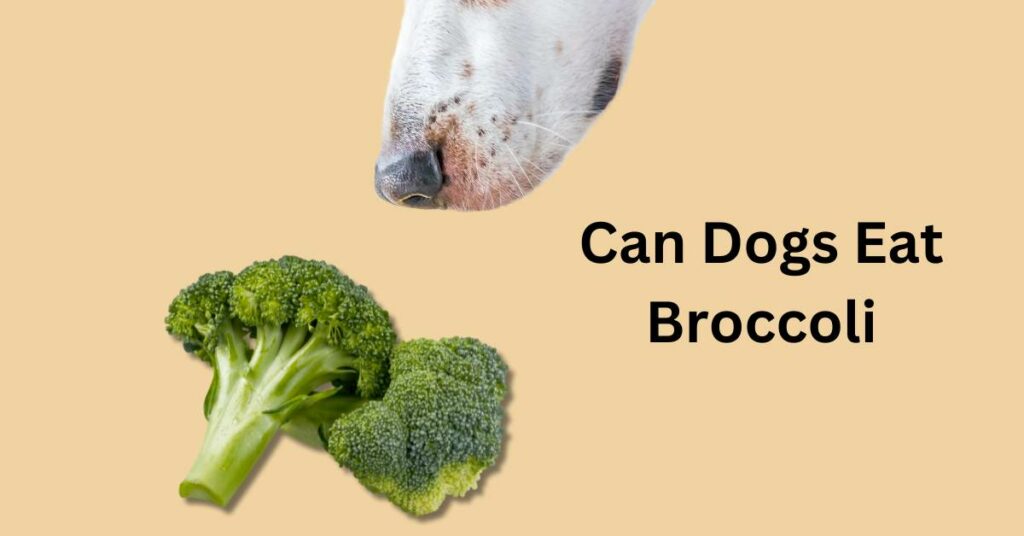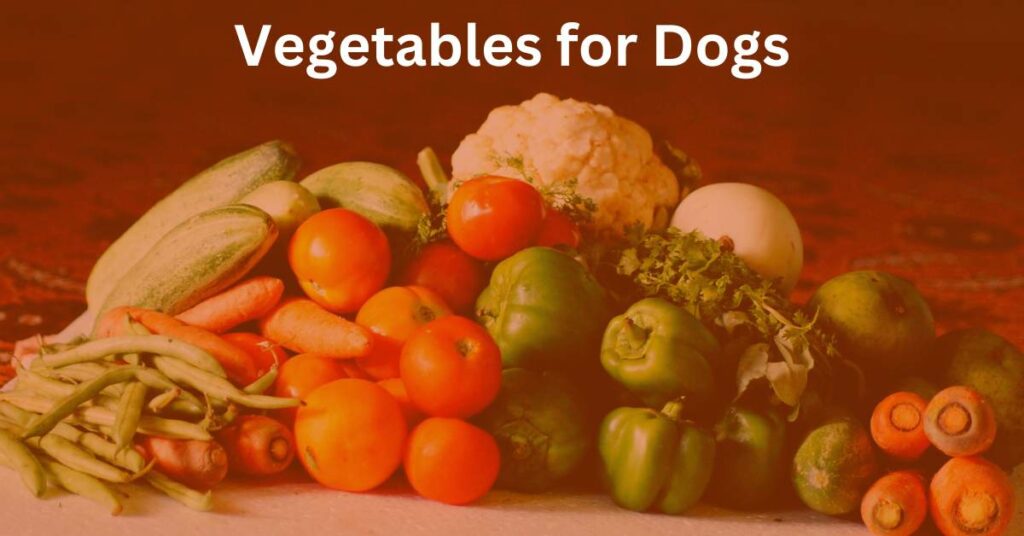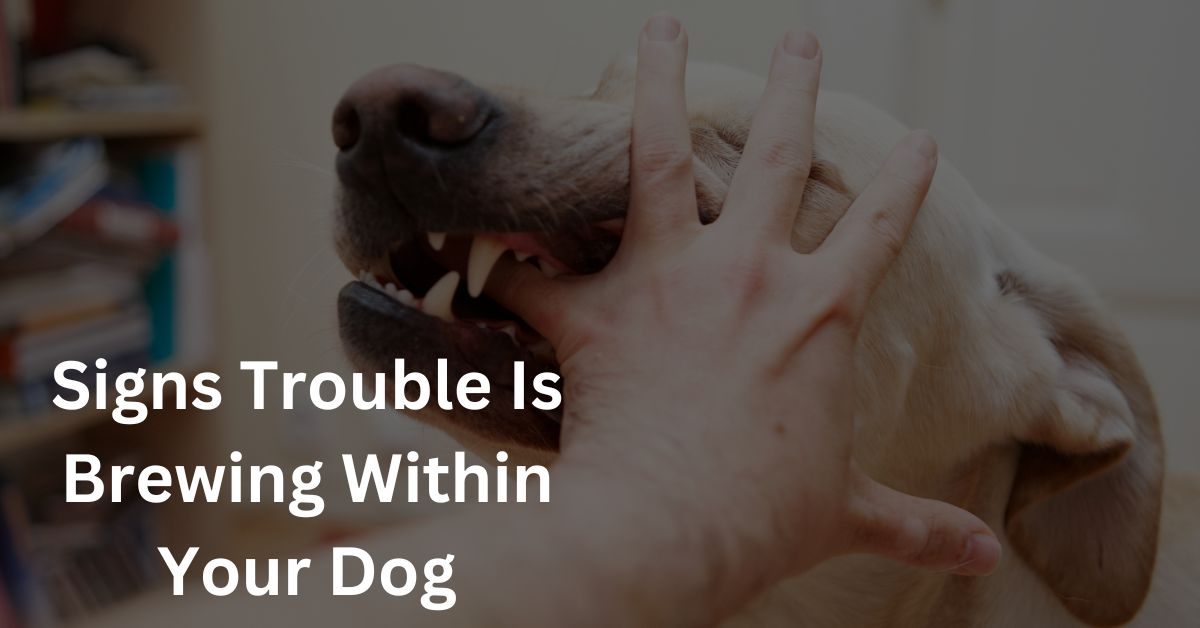Are you a dog owner wondering if veggies like broccoli are safe for your canine friend? Broccoli may seem unusual, but it contains fiber, antioxidants, and beneficial vitamins.
Broccoli is safe for dogs in small quantities. Packed with vitamins and fiber, it can be a nutritious addition to their diet. Offer cooked, plain broccoli to avoid digestive issues. Monitor for adverse reactions and consult your vet before incorporating broccoli into your dog’s meals.
In this article, we will look at the relationship between dogs and this nutritious vegetable; we’ll explore potential benefits, risks, serving tips, and much more! Get ready to learn how adding broccoli could spice up your dog’s diet safely.

Is Broccoli Safe for Dogs to Eat?
Feeding broccoli to dogs can have various benefits, but there are also possible risks and concerns to consider.
Benefits of feeding broccoli to dogs
Broccoli has many benefits for your dog. Broccoli can promote strong bones and help boost the immune system in dogs. It provides dogs with enough zinc they need to stay healthy.
Broccoli contains vitamins A, C, and K, fiber, and potassium. These are all good for a dog’s body. Dogs also get antioxidants from broccoli, which protect them from harm caused by free radicals. This makes the dog’s body stronger and healthier overall.
Possible risks and concerns
Feeding your dog too much broccoli can lead to stomach upsets. Dogs suffer from gas, diarrhea, or even throw up if they overeat broccoli. Puppies need to be extra careful. They should only have small amounts of the green veggie because their bodies are not fully developed yet.
Broccoli is best as a treat and not a main part of your dog’s diet daily. Also, always ensure it’s safe for them to chew and swallow so they don’t choke.
How to Serve Broccoli to Dogs
You can serve broccoli to dogs by steaming, boiling, or serving it raw.
Cooking methods (steamed, boiled, raw)
You can serve broccoli to dogs in a few different ways.
- Steamed is the best way. The steam cooks the broccoli just enough. It is easy for your dog to eat.
- Boiling is another method you can use. Make sure the water is hot but not too hot.
- Some dogs like their broccoli raw. If you choose this method, clean the broccoli well first.
Portion control
It is important to practice portion control when serving broccoli to dogs. Dogs should only consume moderate amounts of broccoli, as excessive consumption can harm their stomachs.
To ensure proper portion control, serving small portions of broccoli to dogs and monitoring their intake is recommended. This helps maintain a balanced diet for dogs and prevents any potential risks associated with overfeeding them with broccoli.
By practicing portion control, dog owners can effectively manage their pet’s diets and provide them with proportionate portions of nutritious food.
Chopping or mashing for easier digestion
Chopping or mashing broccoli can help dogs digest it more easily. Dogs often have an easier time digesting high-fiber foods like broccoli when chopped or mashed. This breaks down the broccoli into smaller pieces, making it easier for their digestive system to handle.
Chopped or mashed broccoli is also less likely to cause discomfort or bloating in dogs, ensuring they can enjoy this healthy vegetable without any issues. So, if you’re giving your dog some broccoli, be sure to chop or mash it up first!

Other Vegetable Dogs Can Eat
Dogs can also enjoy other vegetables, such as carrots, green beans, sweet potatoes, and peas.
Carrots
Carrots are a safe and healthy vegetable for dogs to eat. They make a great low-calorie snack that is high in fiber. Carrots contain beta-carotene, which has vitamin A and is beneficial for dogs.
Crunching on raw carrots can help keep their teeth clean. Cooking or pureeing the carrots may make it easier for dogs to digest. Overall, carrots are a nutritious choice for your furry friend!
Green beans
Green beans are a safe and healthy vegetable option for dogs. They are low in calories and contain fiber, which can be helpful for dogs on a diet or trying to maintain a healthy weight.
The fiber in green beans can also aid digestion and make dogs feel fuller for longer. Green beans have other benefits, too – they can help with better healing.
The below green vegetables are also safe for dogs.
- Spinach
- Kale
- Cucumbers
- Brussels sprouts
- Asparagus
It’s important to feed green beans in moderation and monitor your dog’s reaction to ensure they tolerate them well.
Sweet potatoes
Sweet potatoes are a nutritious vegetable that dogs can eat. They are high in fiber, which helps with digestion. Sweet potatoes also contain vitamins and minerals good for dogs, like Vitamin C and potassium.
It’s important to cook sweet potatoes before giving them to your dog, as raw ones can be hard for them to digest. You can boil or steam the sweet potatoes and then mash or chop them into smaller pieces for easier consumption.
Remember to serve sweet potatoes in moderation as part of a balanced diet for your furry friend.
Peas
Peas are safe and healthy for dogs to eat. They are a good source of vitamins and minerals that can benefit their overall health. Peas are low in calories, making them a nutritious treat for dogs.
Dogs can enjoy cooked or raw peas as a crunchy snack. So go ahead and give your furry friend some peas; they’ll surely enjoy it!
Vegetables to Avoid Feeding Dogs
Avoid feeding dogs onions, garlic, mushrooms, avocado, and tomatoes.
Onions and garlic
Onions and garlic are vegetables that you should never feed to your dog. They contain substances called sulfoxides and disulfides, which can cause damage to red blood cells in dogs. This can lead to anemia, a condition where the body doesn’t have enough healthy red blood cells to carry oxygen.
When dogs consume onions or garlic, they may experience vomiting and diarrhea as their bodies try to eliminate these toxic substances. Dog owners must know garlic is toxic to dogs, just like onions.
To keep our furry friends safe and healthy, we should avoid feeding them Onions and garlic.
Mushrooms
Mushrooms can be potentially dangerous for dogs, especially if they are unknown wild mushrooms. These mushrooms can cause severe and deadly reactions in dogs when ingested. However, most store-bought mushrooms are safe for dogs to eat.
It is important to avoid feeding your dog any mushrooms unless you are confident of their safety. Stick to edible varieties from reliable sources and avoid giving your dog any wild mushrooms that may be growing outdoors, as they could pose a severe risk to their health.
Avocado
Avocados can be harmful to dogs and should be avoided. It contains a toxic substance called persin, which can cause vomiting, diarrhea, and fluid retention in dogs. Feeding avocado to dogs can also pose a choking hazard.
Tomatoes
Tomatoes can be safe for dogs to eat, but some important considerations. Ripe tomatoes are generally okay in small amounts. However, it’s crucial to avoid feeding them any green parts of the plant as they may contain a toxic substance called solanine.
This means that young or green tomatoes should not be given to dogs. To keep your furry friend safe, serve only a slice or two of ripe and mature tomato, and always in moderation.
Final Thoughts
Dogs can eat broccoli in moderation, as it provides them with essential nutrients. However, feeding too much broccoli may upset their stomachs. It’s best to offer broccoli to dogs as an occasional treat and ensure it is cooked or raw without any added seasoning.
Remember to include a variety of other dog-friendly vegetables in their diet for a well-balanced nutrition plan.
Before You Go
If you would like to discover which other vegetables your dog can eat, you will find these articles helpful.




Leave a Reply